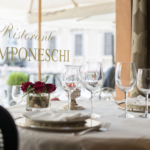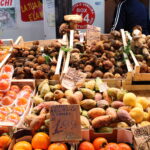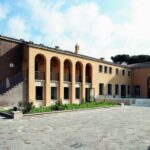MONTEVERDE
“The Green Hill” is one of the lungs of the Eternal City, with the extensive Villa Pamphilj park offering rural delights in the middle of the capital. The area, which overlooks the historical center, has maintained much of its authenticity and is rarely visited by tourists, despite its excellent culinary venues and points of historical interest.
POINTS OF INTEREST
American Academy In Rome- Global Communities






Rome has always attracted grand thinkers and artists, partly due to its bombastic past, partly due to the fervent mix of nations and cultures that have rendered, and keep rendering this city so unique. The founders of the American Academy in Rome were convinced that such characteristics were unique and essential to their aim of creating an arts and humanities research center in Europe.
The Academy was founded in 1894 as the American School of Architecture at Villa Torlonia. After various financial and organizational turbulences it merged with the American School for Classical Studies and was refunded officially as the American Academy in Rome. Naturally such a prestigious institution needed a worthy location, for the purpose of which the famed New York architects McKim, Mead & White were enlisted.
Today the main Academy building is named after the architects and is home to the lively community of the AAR. The main function of the institution is promoting studies in the fields of humanities, art and architecture, the reason why it welcomes many fellows and residents to study, work and collaborate within the academy every year.
The academy was built on the Gianicolo hill when most of it was still farmland, which today makes it a lush green haven above the historical center of Rome. The premises are impressive, the grand halls of the building are sparsely furnished, giving them a calm sense of homeliness but without ever hinting at hosting more than two or three people at a time; the perfect environment for finding the necessary calm for creating artistic and intellectual masterpieces.
At lunch hour, the dining room fills with all the residents and staff who share their meals created by the academy chefs under the Rome Sustainable Food Project, a brainchild of Alice Waters. The project has greatly improved the cuisine that formerly was sadly “famed for its awfulness” (quote AAR Staff). The main changes include a small vegetable garden, an internship program and a strong focus on education and learning while doing. With this project, the Academy has managed to integrate a basic necessity of a large community in its philosophy of taking advantage of local cultural habits and products in order to create thriving and curious realities.
The Academy yearly hosts over 100 events ranging from seminars, workshops, discussion panels to exhibitions and concerts, the latter often held in the grand Villa Aurelia, a few steps further up the hill. These events are often linked to the residents and fellows who present or discuss their work or illustrate collaborations among themselves or with local or international institutions.
The academy is a privately funded institution, giving it plenty of legroom for creating its own agenda and organizational structure as well as welcoming residents and fellows from the entire world. The academy has in fact a very international flair, with only a portion of the residents being American. Residents and fellows are greatly encouraged to collaborate and interact with local universities, institutions and organizations, in order to create a symbiotic relationship that benefits the artists.
Visitable when booking a tour on their website
Via Angelo Masina 5
Gianicolo- The View Of A National Hero
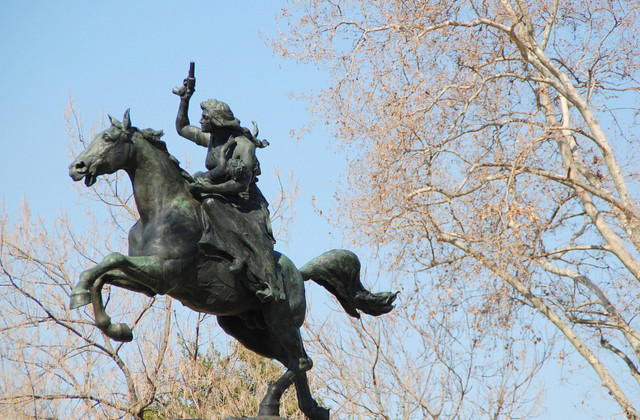
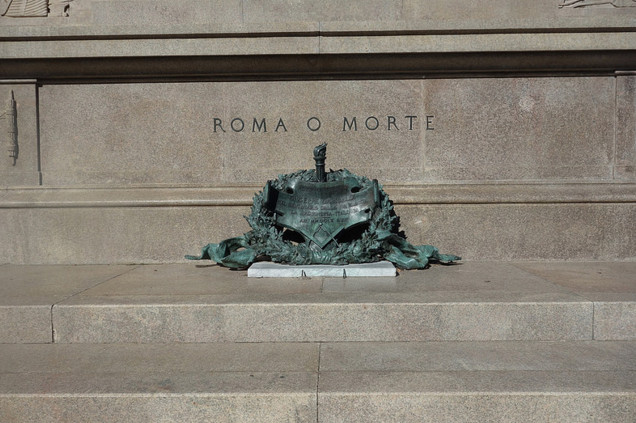
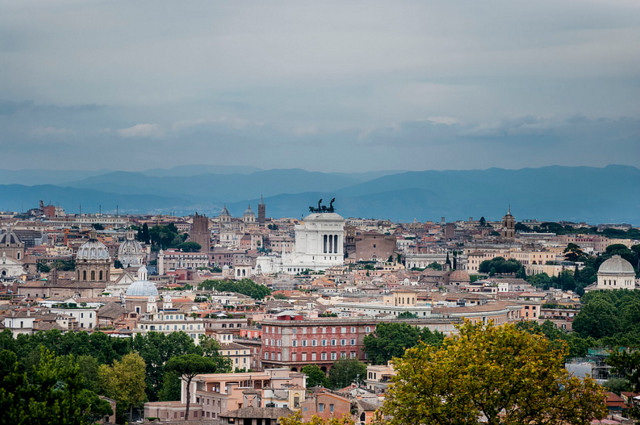
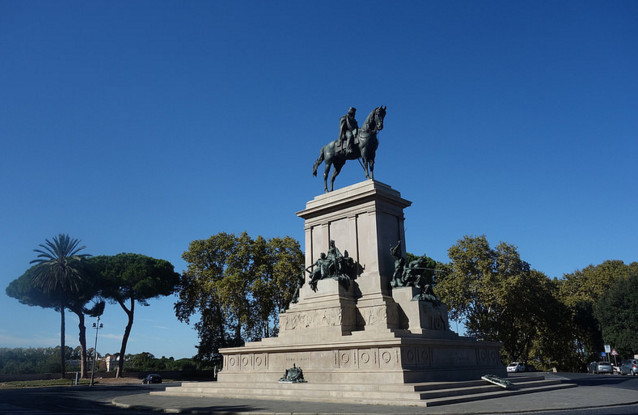
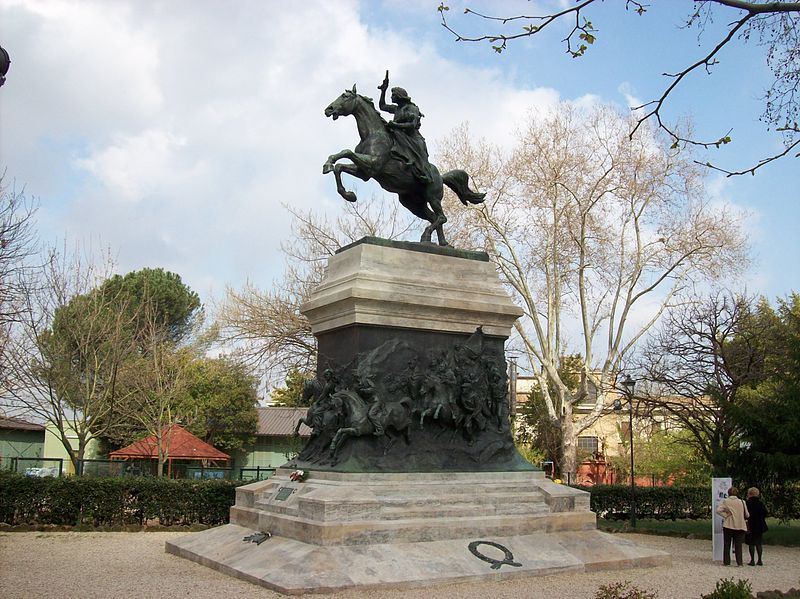
Ever play Risk? The boardgame? It just might teach you a thing or two about history, or at least about the mental mechanisms that lead to stuff you need to learn in high school. The rage, tears and blood are just the same, except that it actually changed people’s lives.
One of the main players in mid-19th century Italy was Giuseppe Garibaldi and, except for some mishaps (it took him two tries to “win”) he was actually quite good, managing to unite a territory that for centuries had suffered under the battles between aristocracy, popes, kings, self-proclaimed emperors, dukes, and lots of other people with fancy titles.
By the mid 18th century the nation state had become not only a cool trend for European nations, it was turning into a must, with chic attributes such as democracy (or at least its beginnings), republicanism etc etc. Well, Italy was to be of no less (although not if you asked the Pope’s supporters) and Garibaldi did like those red capes, so he didn’t just act but also look like a perfect national hero, just as he is represented on the equestrian statue on the panoramic Piazza Garibaldi.
Jokes aside, the Gianicolo hill turned into a battlefront on the first attempt to take Rome on behalf of Garibaldi’s army, and thus became a symbol for the battle for a united Italy. Another uniting moment makes the Gianicolo a well heard place: the midday cannon shot. In 1904, Pope Pio IX decided that it was time for all the churches to ring in the noon hour at the same time. In order to accomplish this he decided to place a cannon on top of a hill and have it shoot a salve every day at noon. This practice is still respected today although it is merely symbolic now.
The view that our Hero enjoys from his (deserved) high horse on Piazza Garibaldi is impressive and one of the most loved in the city. It spans from the far Saint John’s Basilica in the east all the way to Castel Sant’Angelo in the west. Saint Peters isn’t visible from the front, however if you step back to the far side of the Piazza you will see the grand dome far closer than you might have expected.
A little further down the road in the direction of Saint Peters there is a second equestrian monument, however this time the horse is mounted by a woman with a new-born child in one arm and a gun in the other.
The woman is no-one less than Anita Garibaldi, wife and in some sense the female alter ego of our hero.The child in her arms is their son Menotti, born during the war and just before the house where he saw the light was surrounded by enemies, though thankfully his mother lost no time and, gun in hand, jumped on her trusty steed and got them both away unharmed. Such is the stuff of legends.
Vivi Bistrot- Bucolic Desserts

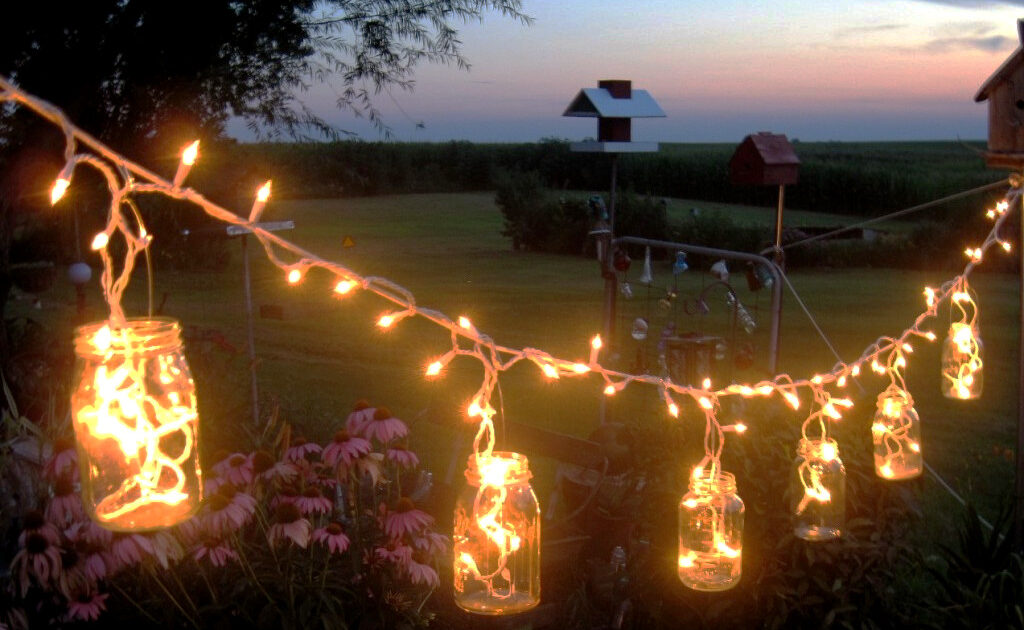

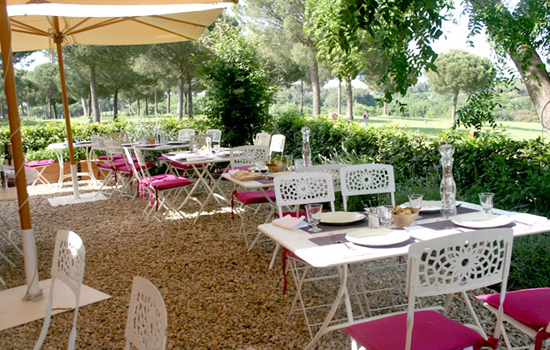

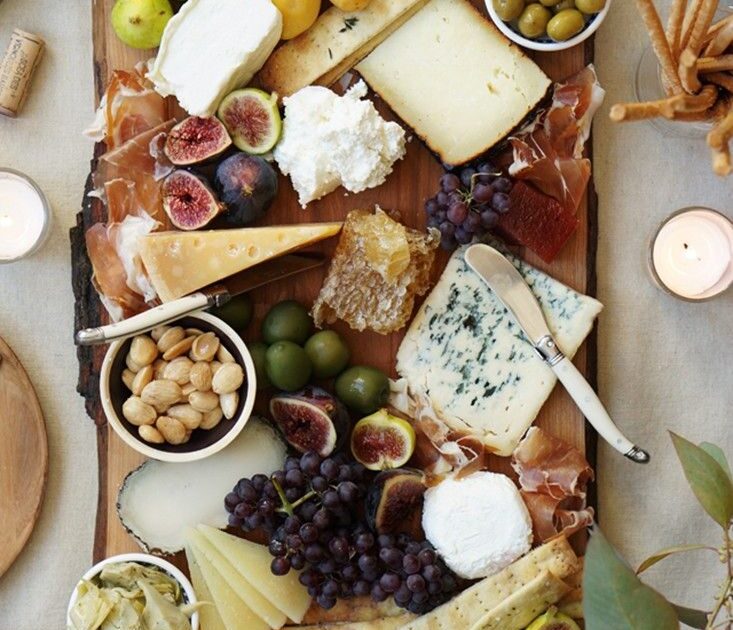
Villa Pamphilj, the splendid park that adorns the slope behind the Gianicolo hill, used to be open land rather than a green oasis in the middle of the city. Much of the park area still maintains this rural atmosphere, which is one of the reasons why the Romans love this park so dearly; it offers a breath of country air without having to leave the city.
What is now a public park used to be the county seat of the aristocratic Pamphilj family and what used to be an old barn is now a lovely little bistrot. The typically Mediterranean furnishing, with fresh flowers and herbs, cast iron chairs and rose-petal decorated candles, enhances the bucolic atmosphere of joy and Dionysian expectations that permeates the area.
The Bistrot specializes in innovative dishes inspired by a global cuisine, but with a distinct focus on local and seasonal fruits and vegetables, hence all the fresh produce that arrives in the kitchen is grown on biological farms in the Lazio region. The seasonal menus reflect the international flair with mixes such as Hummus, prosciutto and hot focaccia, fresh pasta with broccoli, chili and parmigiano cheese and lime and paprika marinated chicken on the autumn menu. The mix is eclectic and wide traveled, and manages to remain surprisingly fresh and light, a virtue that is most likely to be attributed to the abilities of the chefs, rather than the cultural origin of the dishes.
The Bistrot offers lunches and Pick-nick baskets on a regular basis as well as dinners during the summer season, however, come winter and cold dark nights, the setting changes. Candles are lit along the entry way and the old barn comes to life for special private dinners to be arranged for any occasion and following any desire. Since the location is inside a public park that closes at sundown, on winter nights only dinner guests with specific reservations are allowed to enter the former hunting grounds of the Pamphilj family, now turned into a scene so enchanting as though sprung from a fairy tale. After following the candle lit path up to the restaurant a warm glow welcomes to princely delights while the fireplace and carefully wound bouquets gently complement the fragrances wafting out from the kitchen.
Given its unusual location, the bistrot has hosted many special events such as weddings and other large celebrations, it is indeed ideal for private events, and the owners are very forthcoming in satisfying specific desires, culinary, decorational or other.
Open every day from 8am until sundown (6pm in november, 5 pm in december and january) and on reservation in the evening.
Villa Doria Pamphilj
entrance from Via Vitellia 102
for reservations Tel. (+39) 06 582754

